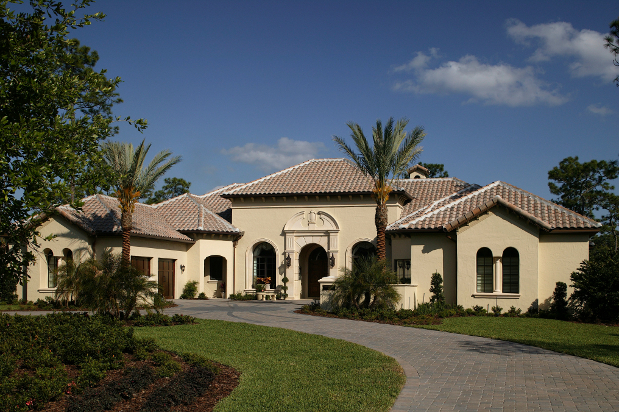
In some areas of the country, tile roofing is quite common. Its distinctive appearance can be seen sparsely in many regions, but in the Southwest, tile roofing is practically a part of the landscape, giving a unique and identifiable look to the area. Tile roofs are initially a lot more costly to install than asphalt shingle, metal, or wood shake roofs, but they also last much longer. Depending on the quality, a tile roof may last 50 to 70 years–or even more! When you compare that kind of longevity to the durability of some asphalt shingles (in some situations, only 10 or 15 years), it’s easy to see how an investment in tile can pay off in the long run.
Characteristics of Tile Roofing
Traditional clay tile roofs are very heavy, and sometimes require more structural reinforcement than other roofing materials. However, tile is now offered in new lightweight versions which can be used on most structures without additional reinforcement.
While many homeowners prefer the look of traditional Spanish and Mediterranean styles, tile roofing is also available in exact replications of shake, wood shingle, and slate. It can be found in a wide spectrum of colors, ranging from the well-known adobe red to colors that are reminiscent of moss green, driftwood grey, and ocean blue.
Benefits of Tile Roofs
Aside from the obvious aesthetic appeal and incredibly long life expectancy of tile roofs, there are several other benefits of choosing this material over a less costly one. To start with, tile roofs perform better under harsh conditions than many other roofing materials. They resist damage caused by hurricanes, earthquakes, and other weather extremes better than most other options. Roof tile is also fireproof, and carries a class-A rating.
Ready to start your Tile Roof Installation?
Find ProsTile roofing is a great insulator, which helps to keep homes warmer in winter and cooler in summer. Accessories for tile roofs are widely assorted, including bird stops, cloaked attic vents, hip starters, apexes, and multiple other options. Tile also has the unique ability of being able to accent or complement the exterior color or finish of practically any home or building.
Even more attractive than its outward appearance is the fact that tile gives an air of quality to a structure that can be very appealing to prospective buyers. When combined with the range of styles and finishes, a tile roof not only adds to the beauty of a structure, it can also add to its resale value.
Drawbacks of Tile Roofs
Obviously, the biggest drawback is its initial installation cost. When compared to asphalt shingles or even basic metal roofing, tile roofs can cost several times as much to put up. They are, however, similar in price to slate roofing–the only other kind of material that can hold up as long or surpass the life expectancy of tile. Additionally, tile roofs (and slate roofs, as well) are not only heavy, but brittle. Not only might they require added structural reinforcement to install, but when a problem does occur, they can be difficult to work on since the individual tiles can break under the weight of a worker.
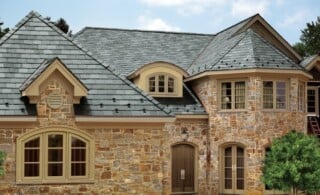 Best Asphalt Shingles – A Buyer’s Guide
Best Asphalt Shingles – A Buyer’s Guide 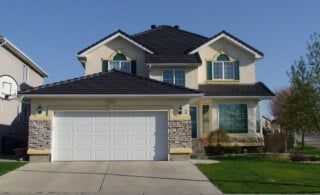 Rubber Roofing – Benefits & Alternatives
Rubber Roofing – Benefits & Alternatives 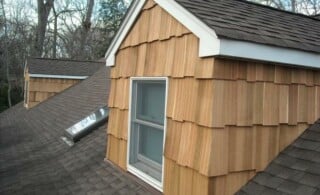 Should You Layer Shingles on Your Roof?
Should You Layer Shingles on Your Roof? 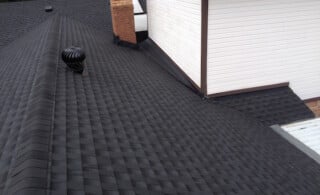 Asphalt Shingles: Cost Effective Roofing
Asphalt Shingles: Cost Effective Roofing 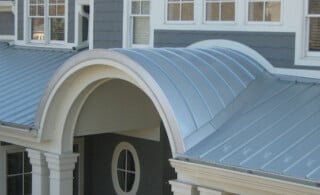 How to Keep Your Metal Roof Healthy
How to Keep Your Metal Roof Healthy 

Are You Familiar With This Topic? Share Your Experience.